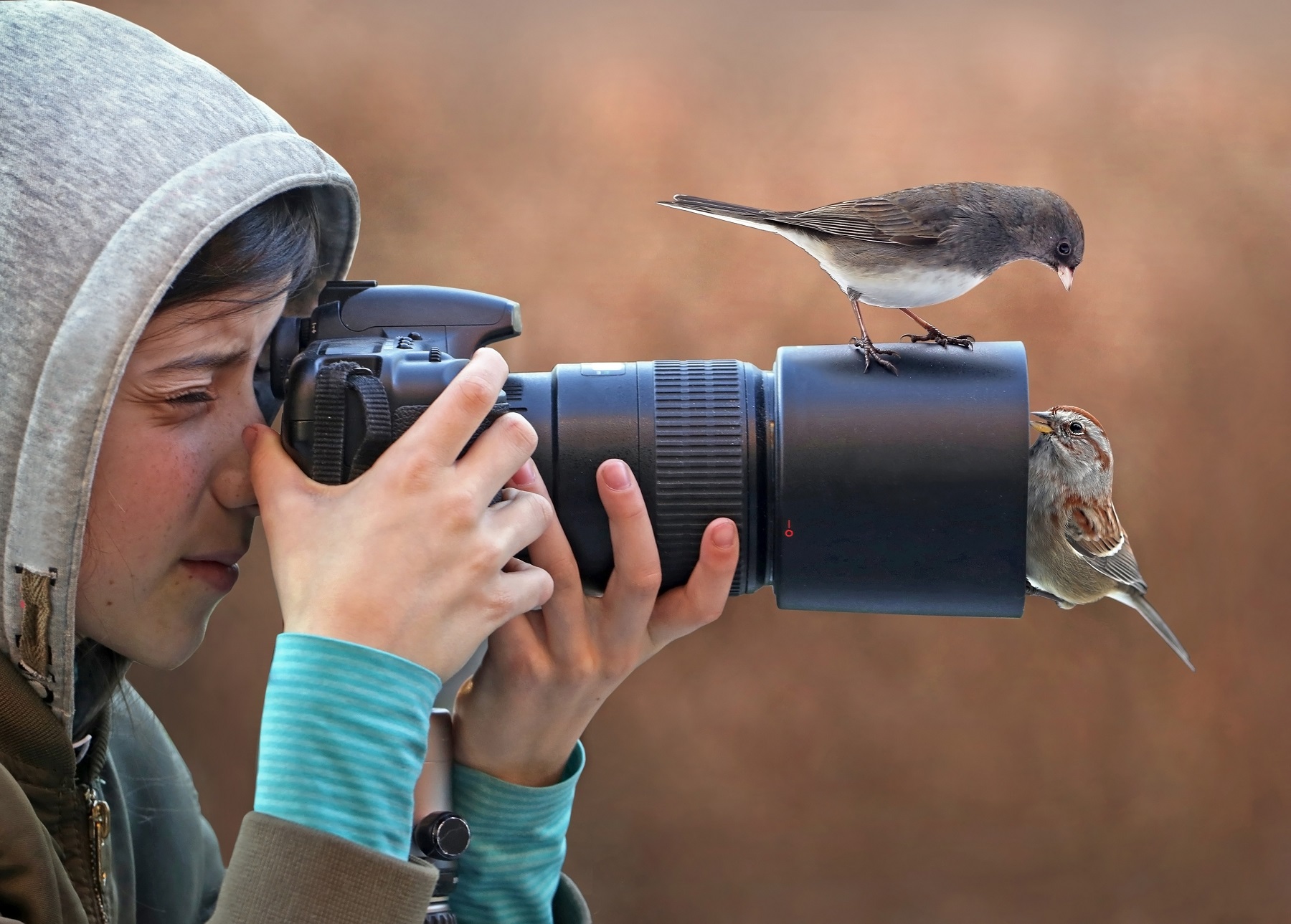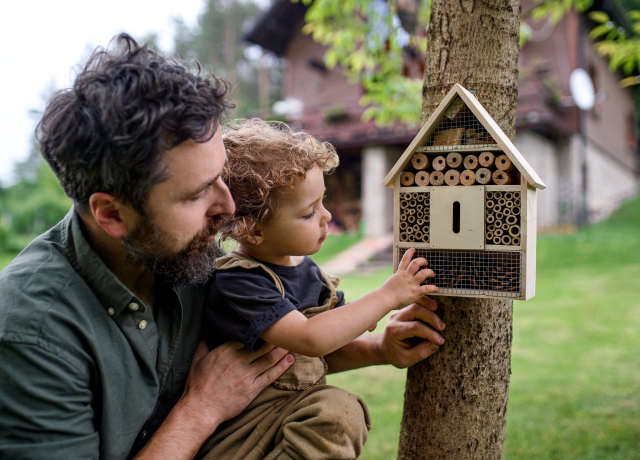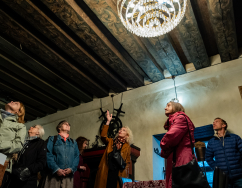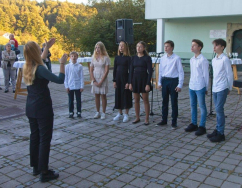European Heritage Days Article:
Living Heritage Event Ideas to Explore Nature and Place
European Heritage Days Article:
Living Heritage Event Ideas to Explore Nature and Place
Explore traditional know-how
Living Heritage encompasses knowledge which has been passed from generation to generation, and this includes many aspects of life relating to nature. Some examples which demonstrate how varied your Living Heritage themed events can be include medicine, cosmology and survival skills. For example, you could curate an exhibition about traditional medicine to present healing plants and more recent methods, as well as explanations of what they are used to treat, and how they are used. At night, a stargazing workshop could help people identify constellations and explore the cultural significance of these throughout history and into the modern day. For another immersive event, you could organise a wilderness survival course to teach participants historic methods for living in nature such as building a fire and purifying water.
Other skills which could be demonstrated include those based on traditional land management, such as planting hedgerows. Events based on agricultural calendars such as harvests could also be an option as these may coincide with European Heritage Days which typically take place in the autumn months; practical demonstrations, stories and meals made from the crops could make an engaging day of activities. Alongside farming, other areas of expertise which could promote local skills and know-how related to nature include forestry and the conservation of woodland habitats, as well as water management for irrigation and flood prevention.
Plan events in rural and urban locations
Events about nature may seem best suited to rural environments where woodland, waterways or geological landscapes are apparent. Of course, these locations are amazing to promote, and if you have a National Park or nature reserve nearby, a guided tour will make an ideal event. However, events about nature found in cities and towns are also possible and can help boost access to events. One idea from this perspective is an ‘urban wildlife safari’ to help visitors appreciate everyday interactions with nature. This might take the form of a tour through a green space with a nature expert showcasing the variety of different plants growing locally, or it could be made into a fun activity for families with a checklist, activity worksheet or competition to spot, draw or document birds, insects and flowers either in their own gardens or public parks. For a specific Living Heritage angle, you could particularly focus on trees as these often hold cultural value and significance for communities living nearby.
Another way of looking at the connection between nature and cultural heritage in built areas is by examining natural resources, as the location for settlements and development of traditional skills is often tied to the availability of water, the fertility of the land and the underlying geology of the area. This could be a good way to demonstrate the link between intangible knowledge and the built environment. See if you can work with a historical geographer to give a talk or tours about aspects of the landscape which have helped to define a local place, and how understanding this can help develop innovative ideas in heritage management.
Connect to nature and place through the arts
Many artistic works and traditions have been inspired by the natural world, and exploring these connections is an interesting way to approach the Living Heritage theme. For example, jewellery often uses natural materials such as gemstones, items manufactured locally such as glass beads, or represents nature by forming the shape of flowers and animals. A jewellery-making workshop to explore these ideas could make a fun event, perhaps at a school or community club. Wildflowers are another topic worth considering, whether that’s making art from them or looking at the cultural impact these flowers have had by examining historic depictions in manuscripts or botanical journals.

The performing arts can also provide inspiration for fascinating events. A bird song listening and identifying event could get people thinking about how much these tunes have been imitated and captured in music; organise a link up with your local bird-watching experts and a classical music enthusiast and see how one has influenced the other. An outdoor theatre venue can also provide context for performances, whether it’s for poetry, book readings or theatre productions featuring a theme about nature, or even a re-enactment by a local drama group of a significant local event in the place where it happened.
Showcase and encourage conservation work
Living Heritage practices are constantly reshaped by communities in response to the environment they live in. Think about events which can highlight how this works and explore ways groups and individuals can help with safeguarding knowledge and practices concerning nature and place for the future. Documenting change is one way to draw attention to this, such as a map workshop using resources from a local library to compare urban growth and topographical change through historic and contemporary maps which can feed into consultations on sustainable development. Another idea is to organise an ‘endangered species count’ during a bird or insect watch to provide benchmarks for biodiversity goals. And encourage participants to make active changes themselves, such as adding wildlife refuges in their gardens; workshops could explain the risk animals face through changing climate and pollutants and demonstrate how to make an insect hotel, butterfly garden or birdhouse which can be a haven for these creatures in built up areas. You could also think about working with local farmers or landowners to arrange a ‘field day’ to show the increasing priority being placed on caring for the wildlife and plants that share our fields.
There are more event ideas for organisers about nature and place in this year’s Living Heritage brochure. It’s also worth re-reading this article from last year’s Sustainable Heritage theme which includes more helpful tips and inspiration for nature and biodiversity events.
Join the conversation on #EuropeanHeritageDays, share your experience with others and find inspiration in examples of good practice by following us on Instaram and Facebook.



